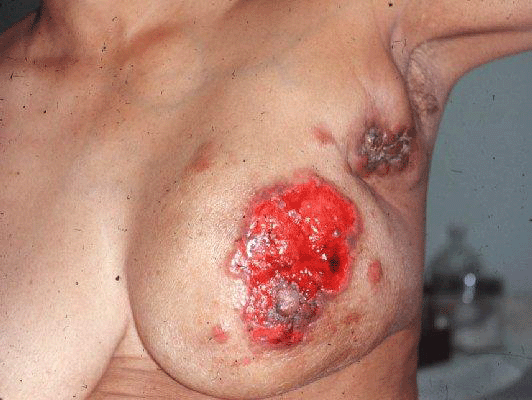
The FDA faces a key decision this month on whether to rescind approval of Roche’s expensive cancer drug Avastin for treating breast cancer. The drug slightly delays the time it takes tumors to grow on a scan, but has failed to show it can either improve symptoms or help women live longer in various large trials. One possibility is that side effects are canceling out the benefits of slowed tumor growth.
The decision could set a precedent for how the FDA deals with expensive, marginally effective cancer drugs in the future. Some top cancer researchers believe that we have set the bar too low by allowing drugs to be approved based purely on statistical measures of efficacy–as opposed to looking at whether tiny differences in time to tumor growth of a month or six weeks are medically meaningful. One drug, Tarceva for pancreatic cancer, improves survival by just two weeks.
Should the FDA should consider cost explicitly in their calculations? All the new cancer drugs are enormously expensive. Avastin can cost up to $55,000 a year. Some other drugs cost $100,000 a year or more. if they were cheap, there might not be the debate about the marginal effectiveness.
Forbes senior editor Matt Herper thinks the FDA should consider cost. I think it is a bad idea to allow explicit cost consideration–even if the issue is always lurking in the background. it would lead to ever more cries of death panels, and a political controversy that would undermine the agency’s credibility as a fair arbiter of drug safety and effectiveness. Just because society isn’t willing to address the question of how much is it willing to pay for slightly better cancer drugs, doesn’t mean the FDA should be forced to take on the job. Click here for a debate: